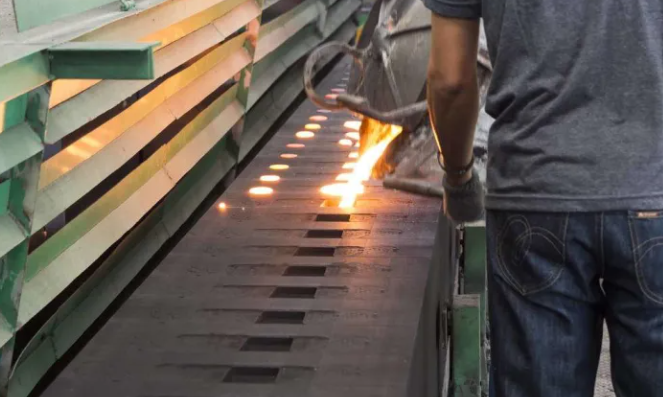One Key Distinction Between Forging and Casting
Distinctions in thought
Casting is the process of solidifying a molten metal into a desired form.
To “forge” anything means to transform a solid object into another solid object with a different shape.
To cast an object is to manipulate wax in a childlike way. Wax (scrap steel, or pig iron) is melted down and poured into molds to create various metal goods. (fluid solid liquid)
Just like baking, forging is an iterative process. For the various forms of baked goods, you knead little amounts of dough and press it into molds. At high temperatures, a solid may almost always transform into another shape (solid to solid).
The term “casting” refers to the method through which castings are made by pouring molten metal into a mold. Professionals in the casting industry are experts in metal smelting and process management.
Extrusion, drawing, pier roughening, punching, etc. fall under the category of hot processing, whereas cold processing includes forging.
A casting is made only once, but forging takes time.
In the process of casting, molten metal is poured into the mold and allowed to cool. The center of the workpiece is a vulnerable area for the development of porosity.
Extrusion at high temperatures is the primary forging method. It is possible to refine the grains included in the components.

Unlike free forging, die forging has certain distinct differences
In free forging, the heated metal blank is placed on the forging equipment between the higher and lower iron blocks, impact force or pressure is applied, and the blank is immediately deformed to plastic shape to achieve the desired forging. Simple in design and operation, free forging is well-suited to the manufacture of one-offs, low-volume runs, and substantial forgings. There are two kinds of free forging: those done by hand and those done by machine. The production efficiency and labor intensity of manual free forging are both poor. Forging is only done in this manner when it has to be fixed or when only a few of them need to be made. Machine free forging is now the standard in industrial production, and it is crucial in the creation of heavy machinery.
Model forging, which is created by inserting the heated blank in the forging die secured to the die forging equipment, is the full name of the process.
It’s possible to do die forging on a wide range of machinery. Die forging on hammers is often employed in industrial production, and the majority of these hammers have a tonnage range of 5KN300KN (0.530t) and are powered by steam air hammers. Commonly used for die forging on the press, the 25000KN63000KN hot die forging press has a wide range of possible loads.
Forging dies might have a single die chamber or many die chambers, depending on the type of die forging being performed. As can be seen in Fig. 3-13, this single die forging die makes use of a dovetail groove and wedge to secure the forging die in place, preventing it from sliding to the left or right. Furthermore, by properly aligning the key with the keyway, the forging die can be located with precision, preventing unwanted lateral or axial movement. The forging process typically begins with air hammering to create the blank, continues with repeated hammering of the final forging die chamber to shape the blank, and concludes with the forging being removed from the die to have the flash cut off.
The distinctions between casting, forging, stamping, and die casting
For casting, the raw ingredients are melted and allowed to form themselves in the mold.
In forging, raw materials are heated to a specific temperature before being shaped using various tools.
Stamping consists of pressing raw materials through a set of dies;
Die casting is a variation on casting in which molten raw materials are injected under pressure into a mold to achieve a desired density and/or form.
In the process of casting, molten metal is poured into the mold and allowed to cool. The center of the workpiece is a vulnerable area for the development of porosity.
Forging is mostly made by extrusion at high temperature, which may refine the grains in the components.
Stamping with sheet metal shaping is an option since the component thicknesses are comparable.
Die-casting is the preferred manufacturing method for very variable thickness, highly complicated, non-heat-treatable components.
Casting can be either high pressure or low pressure. As a result, the pressure applied to the mold and the temperature at which the metal is heated by the casting machine are not same after metal melting.
Similarly to casting, forging is a process that involves heating and shaping metal. The key distinction is that forging is done at a lower temperature. In the semi-molten condition, some people are able to shape metal into final goods.
Using a punch and other machinery at ambient temperature, stamping transforms raw materials into finished goods.
Fourth, another technique for casting at high temperatures is die casting. A die casting machine is able to melt metal, press it into a mold, and release the result after it has cooled, making it ideal for usage in situations where the casting’s structure is complicated, and the difficulty level is high.

